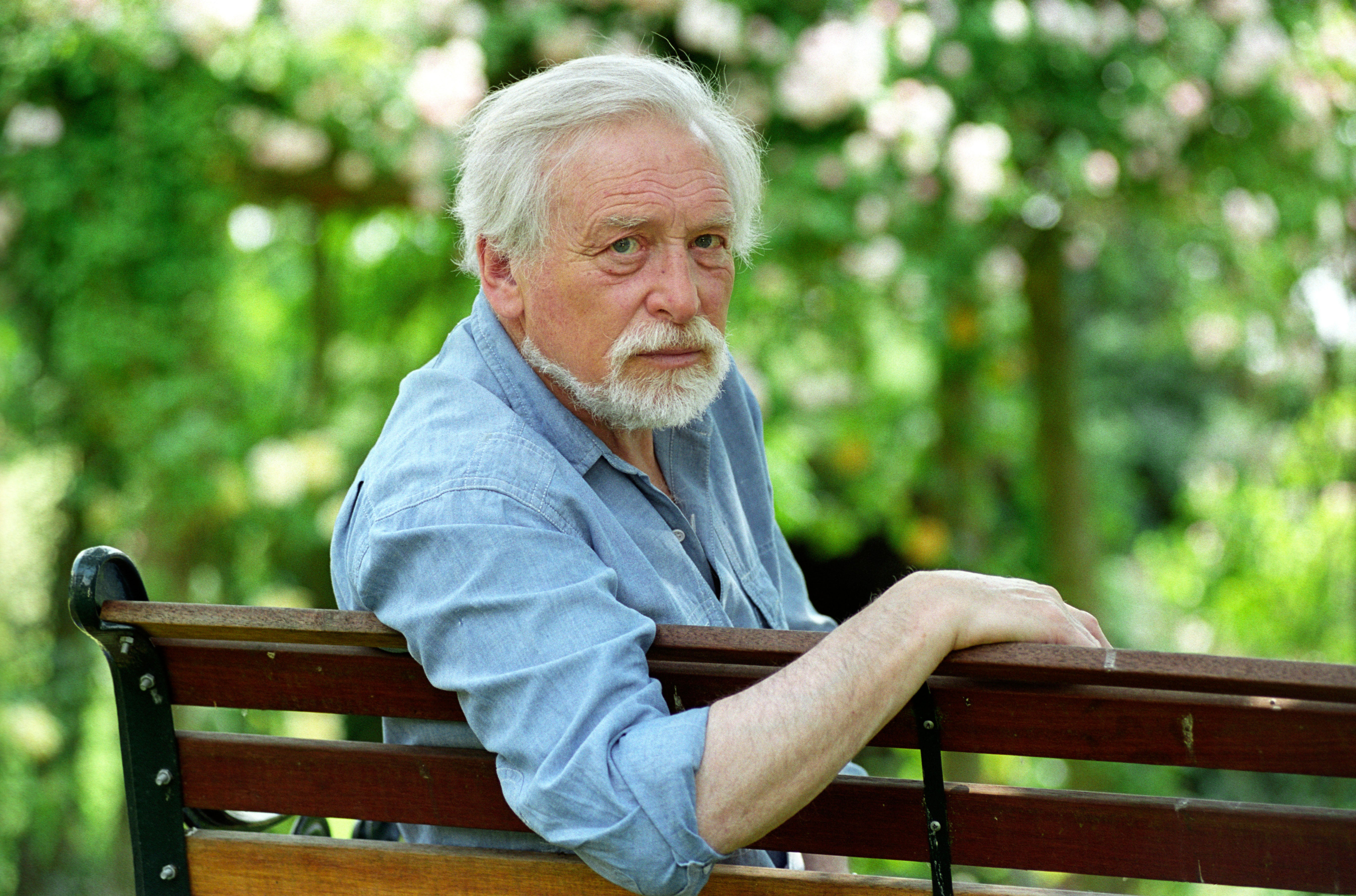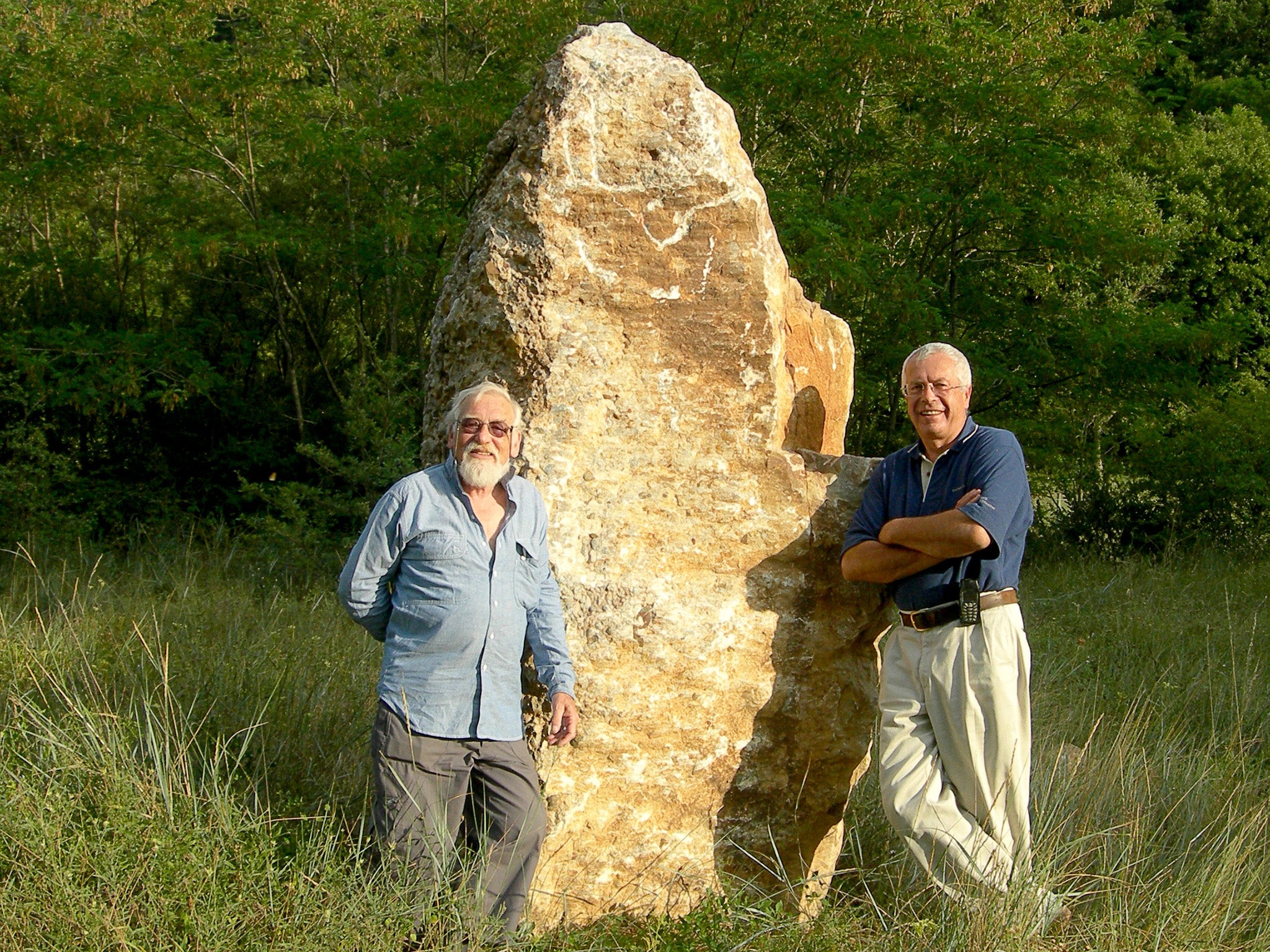Henry Lincoln: Co-author of book that inspired The Da Vinci Code
The controversial ‘The Holy Blood and the Holy Grail’ pioneered an area of research that spawned countless other works in the alternative history genre

Henry Lincoln was the author who co-wrote the bestseller The Holy Blood and the Holy Grail (HBHG), together with his colleagues Michael Baigent and Richard Leigh. Their work went on to inspire Dan Brown’sThe Da Vinci Code and its hit film adaptation.
Lincoln, who has died aged 92, helped pioneer an area of research which has, in turn, spawned countless other books in the alternative history genre and put Rennes le Château on the map for English readers.
Henry Lincoln was born Henry Soskin in London in 1930 to Jewish parents of Russian and Polish descent. Following national service he started his working career as a stage actor, leading to parts on radio and television.
He went on to write scripts for Z Cars – the popular police drama – and for Doctor Who, introducing the enduring and much-loved character Brigadier Lethbridge-Stewart to the franchise in the serial The Web of Fear (1968), co-written with Mervyn Haisman.
It was in 1969, whilst on holiday in France with his family, that Lincoln chanced upon a book by the journalist and one-time surrealist poet Gerard de Sède. In L’Or de Rennes (The Gold of Rennes), De Sède hinted at a treasure and a secret society, the Priory of Sion, which preserved a lineage of royal blood from the Merovingians onwards to the present day.
When, during his investigations, Lincoln asked De Sède why he had published certain parchments in his book but not decoded them, the French author responded cryptically “because we thought it might interest someone like you to find it for yourself”.
The first results of his research were a series of three television episodes for the BBC’s Chronicle series, including “The Priest, The Painter and the Devil” (1974) which told the story of Berenger Saunière, a village priest who allegedly found treasure, and Nicolas Poussin, the renaissance artist.
Lincoln met Michael Baigent and Richard Leigh in the late Seventies and began work on the book that would define their careers. First published in 1982, The Holy Blood and the Holy Grail is a compelling read, a tome that advances the notion that Jesus did not die on the cross but instead married Mary Magdalene and had children who subsequently came to live in southern France.
For some readers this was heresy, for others it was the beginning of a journey of discovery. Anthony Burgess, reviewing in The Observer, noted: “It is typical of my unregenerable soul that I can only see this as a marvellous theme for a novel.”
A follow-up work, The Messianic Legacy (1986), further explored the “Jesus bloodline” theory, pondering the possible impact on modern-day Europe of an existing genealogical line from the House of David through to European royalty.

The author Dan Brown had read HBHG and was inspired to write his bestseller The Da Vinci Code, leaving behind some clues to his original sources. For example, the character Sir Leigh Teabing, whose name makes a nod to two of the HBHG authors, one in plain text and the other as an anagram. That book has since sold more than 80 million copies and was made into a blockbuster film starring Tom Hanks and Audrey Tautou.
In 2006, Baigent and Leigh took the unwise decision to challenge Dan Brown’s publisher, Random House, in court. They alleged that he had plagiarised ideas for his novel from HBHG, a work of non-fiction. It turned out to be an expensive mistake when the case and an appeal were lost.
Fortunately, Lincoln had kept a distance from this litigation. His son, Rupert, said “He refused to have anything to do with the case, stating that Dan Brown had done them no harm at all. In fact, the success of The Da Vinci Code had simply served to put HBHG back in the bestsellers lists, so they should be grateful to him.” Leigh died in 2007 and Baigent followed in 2013.
In a later work, Key to the Sacred Pattern (1997), Lincoln had investigated the fascinating phenomenon of sacred geometry, whereby landmarks in the area around Rennes le Château appeared to be aligned to form a pentacle in the landscape. Once again, his work inspired many other researchers and writers to get busy with their maps and pens.
In his later life, Lincoln lived on the outskirts of a small village near Rennes le Château with his son and daughter-in-law. Well into his eighties he had continued to give talks on his research and made himself available to fans from around the world.
I had met Lincoln on several occasions because of my own interest in Rennes le Château and we had most recently spoken in October. A man of many surprises and talents, I learnt for the first time that he could speak fluent German, as well as Arabic and, of course, French.
During our conversation, I commented how so many had discovered the marvellous area of the Languedoc and its people, thanks to him and his writings. He in turn understood and acknowledged the contribution that he had made during his lifetime. This, I believe, is the true treasure and Henry Lincoln’s lasting legacy.
He married Patricia Cope in 1952. They had four children: Rupert, a photographer and writer; Hugo, a writer, who died in 2012; and homemakers Kate and Caroline.
Henry Lincoln, author and scriptwriter, born 17 April 1930, died 24 February 2022


Bookmark popover
Removed from bookmarks